This time, I’m going to talk about vinyl records. Inspired by Edison’s phonograph, Emile Berliner introduced the gramophone 10 years later in 1887. Emile Berliner was quite the formidable figure. He proposed improvements to the telephone at Bell Labs to avoid Edison’s patents, and he won a patent dispute against Edison, and he contributed significantly to Bell Labs while also becoming something of an "Edison killer". In the record industry, he was nothing short of a clear victor.

■ 1887 – The Gramophone (Emile Berliner)
This is the direct ancestor of the modern vinyl record. While Edison sought perfection, Berliner was skilled at finding a compromise that suited the market. After leaving Bell Labs, he founded the Berliner Gramophone Company, establishing the foundation of the record industry that would last for over 100 years.
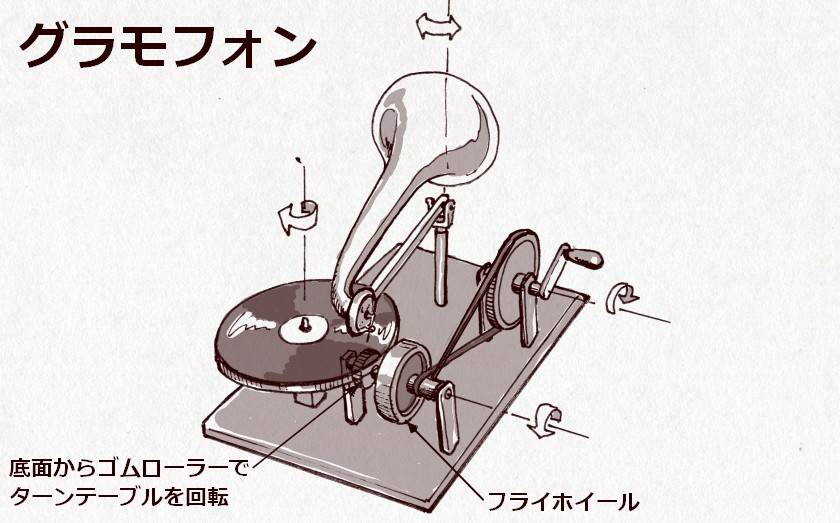
■ Revolutionary Disk Shape Suitable for Mass Production
Initially conceived to avoid Edison’s patents, the disk shape turned out to be highly suitable for mass production, and Berliner quickly established a method for creating copies from master recordings. He also developed a royalty system and conceptualized the label structure. At this point, it’s hard to imagine just how big the record industry would become, but it’s impressive that he was already laying the technical foundation and industrial infrastructure for the future from the very beginning. Berliner was more of an entrepreneur than just an inventor.

■ Innovative Needle Vibration Direction
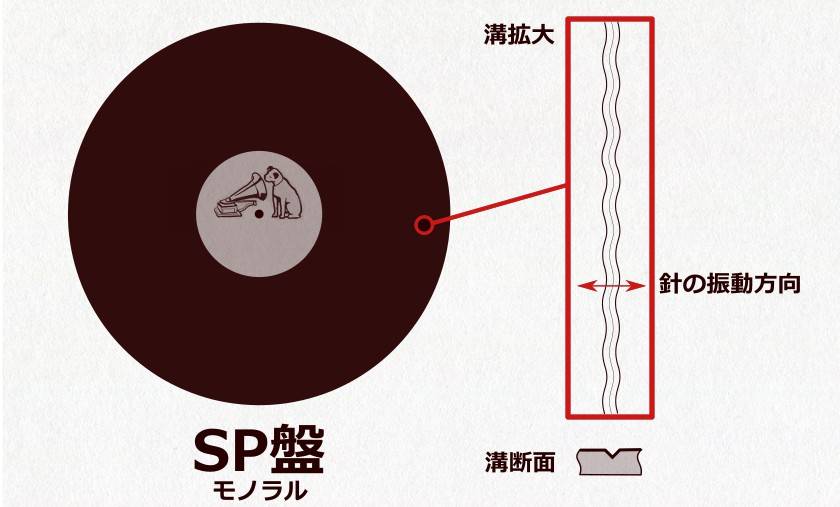
Unlike Edison’s vertical vibration direction, Berliner’s needle vibrated horizontally. This made it more suitable for mass production and ultimately contributed to the future development of stereo sound. The groove design played a crucial role in enabling stereo sound, which became a key feature in later records.
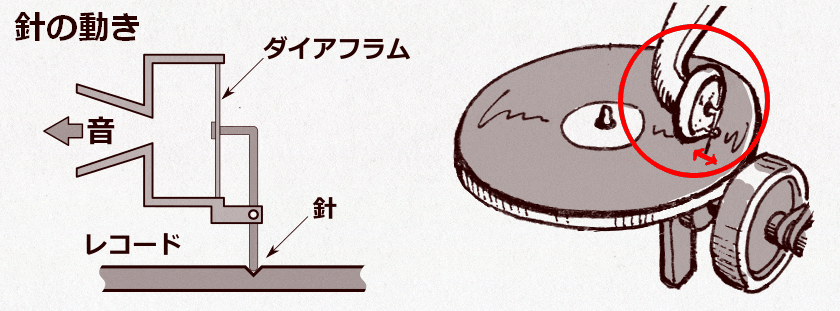
■ Disadvantages
A significant issue with the disk format was that, due to its fixed rotation speed, the sound quality varied between the outer and inner parts of the record. Edison’s cylindrical design, on the other hand, had the advantage of maintaining a constant sound quality throughout. In the case of CDs, this problem was solved with a rather brute-force solution by varying the rotation speed to ensure consistent information density across the entire disc.
For vinyl records, the outer part (approximately 28 cm in diameter) and the inner part (around 14 cm in diameter) differ in radius by about twice as much, which leads to a noticeable difference in the amount of information they could hold.
■ Recording Method
The early recording method was primitive, involving direct recording through a horn. However, with the practical use of vacuum tubes in the 1920s, recording transitioned to using microphones, which allowed for higher-quality recordings.
■ SP Record (Standard Playing Record)
In the Gramophone system, the SP record (Standard Playing) became the standardized format from 1887 to the 1950s. There were two main sizes: 30 cm and 25 cm in diameter.
- Rotation speed: 78 rpm (revolutions per minute indicates how many times the record spins in one minute).
- Play time per side: approx. 4.5 minutes.
- Material: Shellac mixture wasn’t very strong and was prone to wear and tear. This made SP records fragile and subject to damage over time.
These SP records remained in use until they were replaced by LP records in the 1950s.
■ Growth of the Record Industry
The Berliner Gramophone Company underwent several divisions over time, and its legacy was carried forward by major record labels such as RCA, EMI, Gramophone, and Polydor. The name "Grammy" Awards comes from the nickname given to the gramophone, which is a tribute to the invention's significant cultural impact.
Additionally, the famous "His Master's Voice" poster featuring the Nipper dog by Victor Records is closely linked to the legacy of HMV (His Master's Voice). This iconic image was painted in 1889 by artist Francis Barraud, and Berliner liked the image so much that he registered it as a trademark in 1900, further cementing the connection between the brand and the visual representation of the gramophone.

The Nipper dog was actually Francis Barraud’s brother’s pet, and after his brother passed away, Francis took the dog in. One day, as Francis was playing a phonograph, Nipper became puzzled upon hearing his late owner’s voice coming from the device. This moment was the inspiration for the famous image. The original version of the painting depicted the phonograph used by Edison, but when Francis tried to sell it to Edison, he was reportedly not interested. However, when he approached Berliner with the idea, Berliner agreed to buy it, but only if Francis re-drew it to feature a disc gramophone instead of Edison’s phonograph.
At first, the "His Master's Voice" branding seemed odd for the gramophone, as it was typically seen as a playback-only device, but it all made sense when it turned out that the original inspiration came from the phonograph.
Looking at the historical context, it’s clear that Berliner’s groundwork laid the foundation for the modern music industry, and his influence still echoes throughout the music industry today.
The “sound & person” column is made up of contributions from you.
For details about contributing, click here.











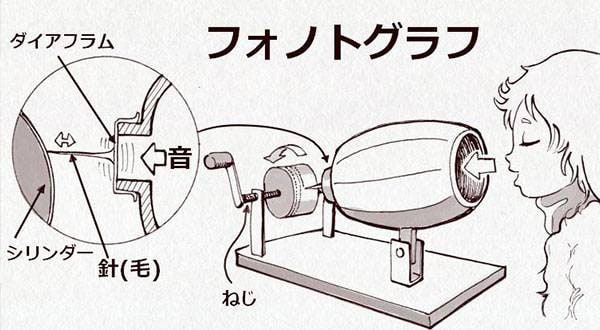
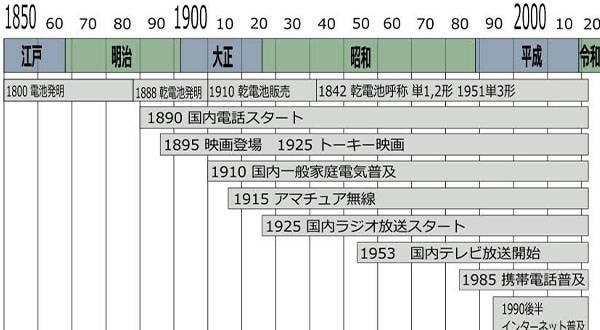


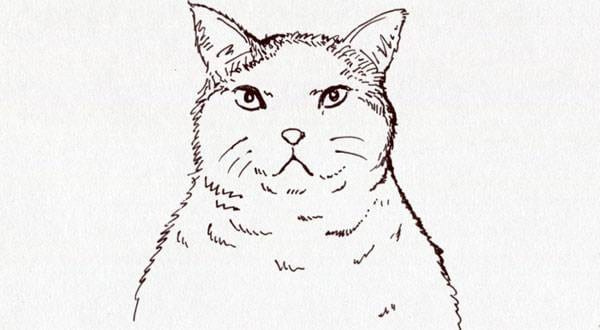

 PC向けDJソフトの選び方
PC向けDJソフトの選び方
 ODYSSEY DJケース購入ガイド
ODYSSEY DJケース購入ガイド
 Allen&Heath DJミキサー比較表
Allen&Heath DJミキサー比較表
 DJケースセレクター
DJケースセレクター
 PIONEER DJ 比較表
PIONEER DJ 比較表
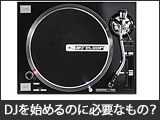 DJを始めるのに必要なもの?
DJを始めるのに必要なもの?















